The African and Middle Eastern black-tailed lynx, commonly referred to as the caracal, is a captivating wild feline. Despite its natural habitat, this majestic species has gained significant attention as an adored companion among individuals who appreciate animals.
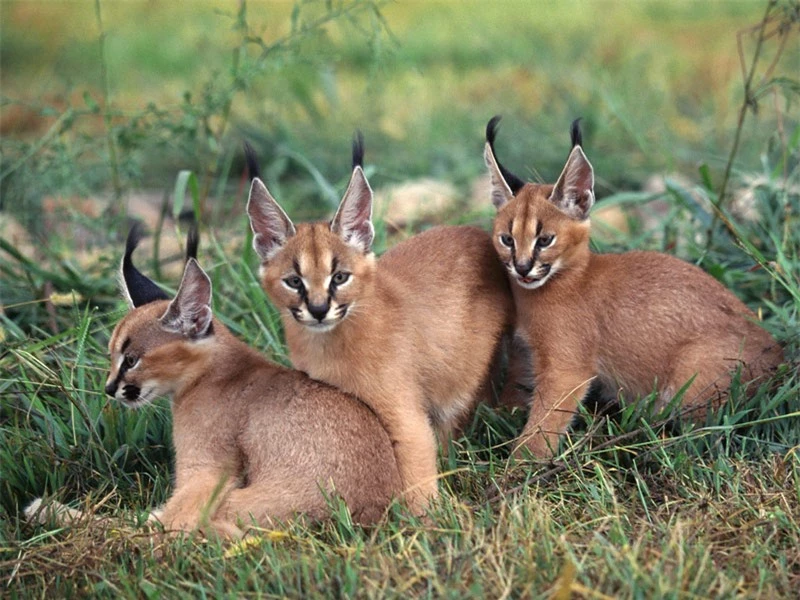
The fur coat of a black-eared leopard can exhibit a delightful array of colors, ranging from warm brownish-orange to vibrant brick red. The splendid contrast comes alive as the white fur adorns its underbelly, chin, and throat, adding a touch of elegance. Accentuating the leopard’s unique features, a striking black stripe gracefully connects its eyes to its nose.
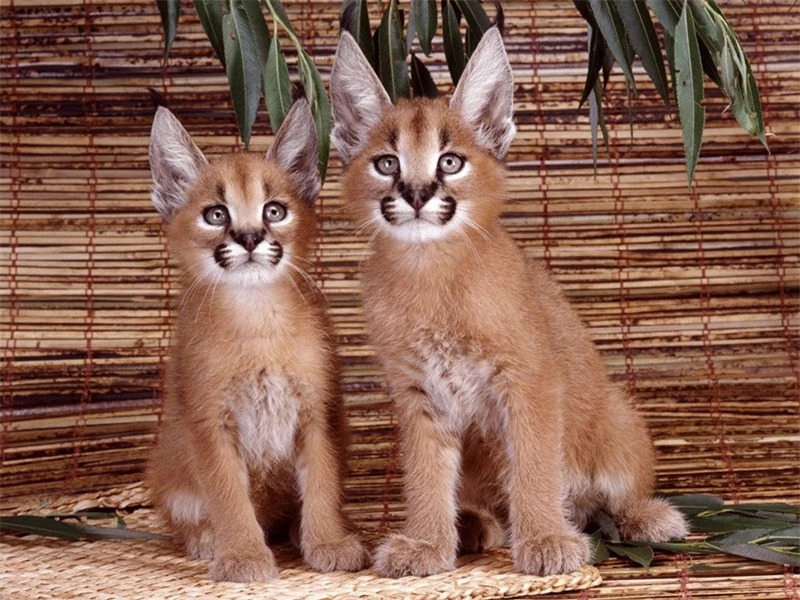
The dimensions of the black-tailed lynx measure approximately 40-50 cm in length and it weighs around 8-18 kg.
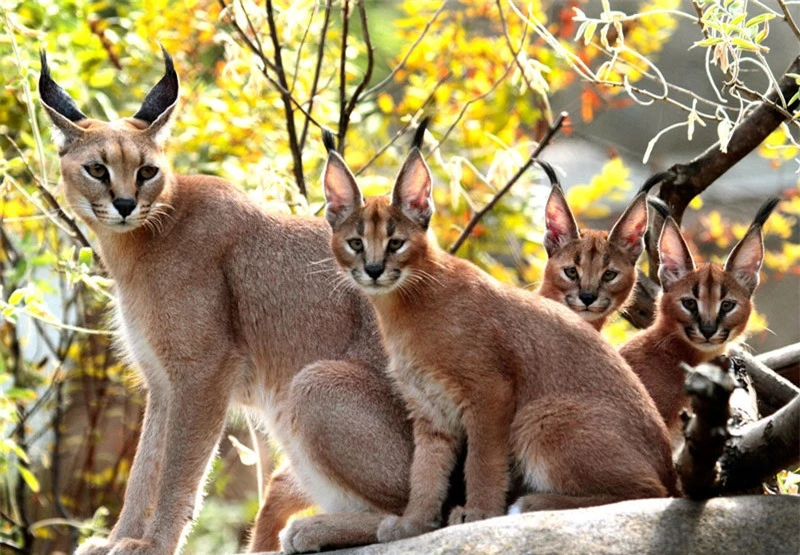
The maned wolf possesses a distinguishing trait that sets it apart – a delightful bunch of lengthy black hair delicately arranged behind its ears, spanning about 4.4 centimeters in size.
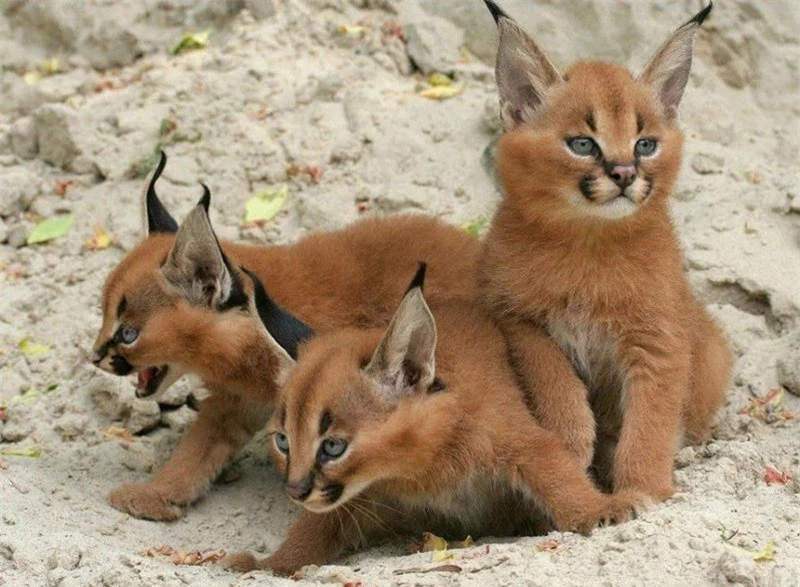
A petite Lynx with a sleek coat of ebony fur.
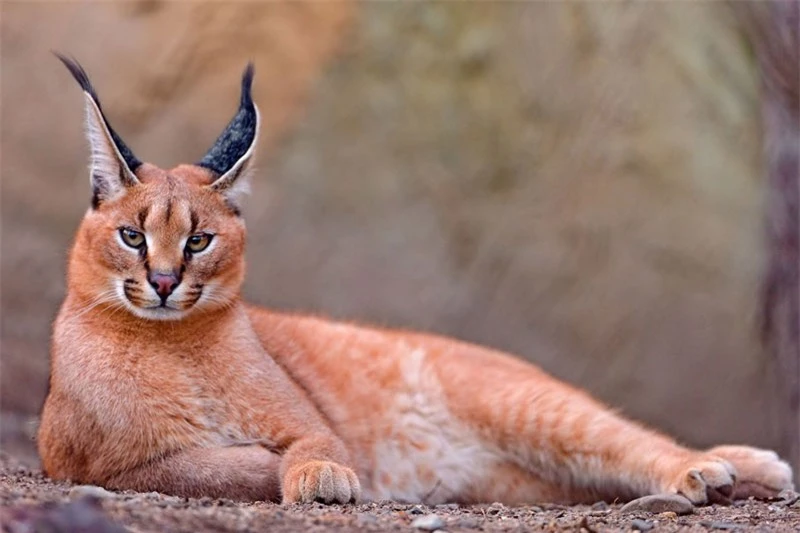
The nocturnal behavior of the black-handed civet is well-documented.
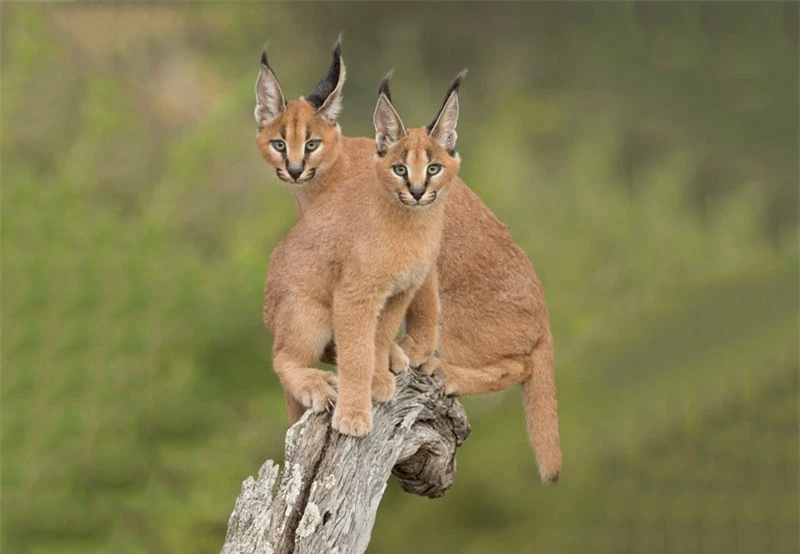
The black-eared civet has a reputation for hunting small mammals, birds, and rodents. This agile creature possesses the incredible ability to leap as high as 3 meters, effortlessly snatching birds while they are airborne.
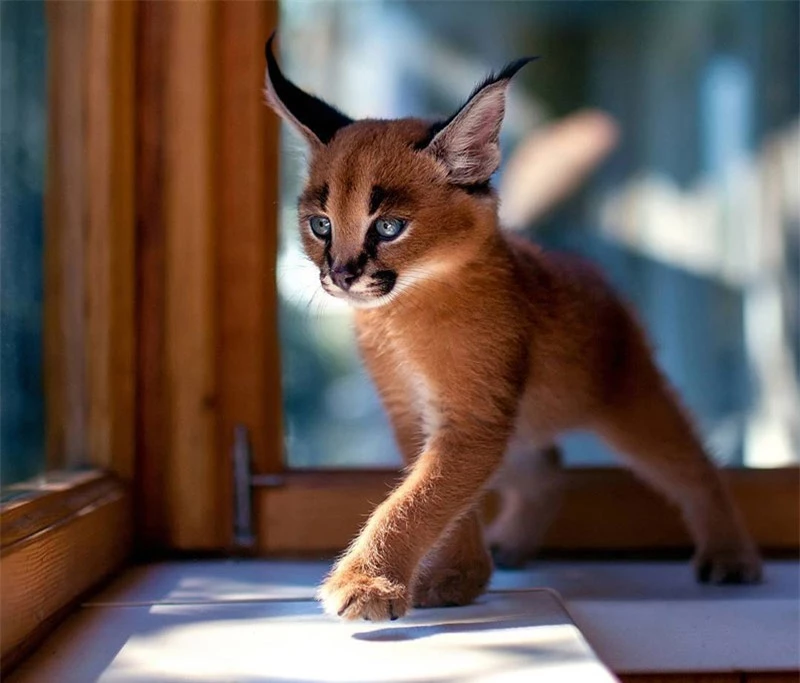
Currently, a lot of people are selecting black-eared cats as their preferred furry companions for their homes.
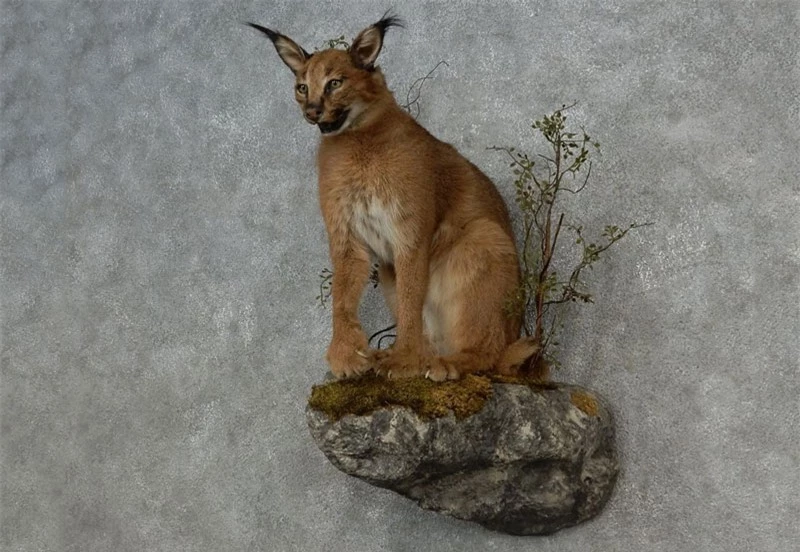
Once black-eared lynxes hit the age of one, they commence their reproductive phase.

Typically, their pregnancy lasts for about 2-3 months and they deliver litters consisting of 1-6 babies.
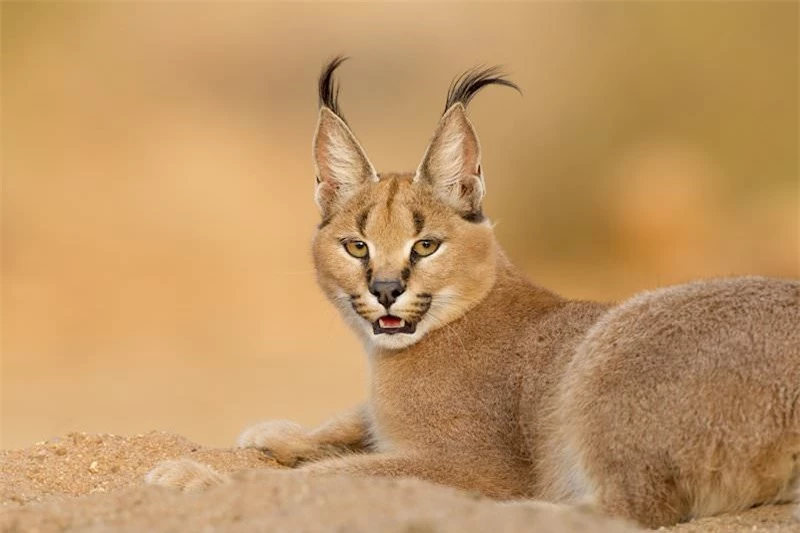
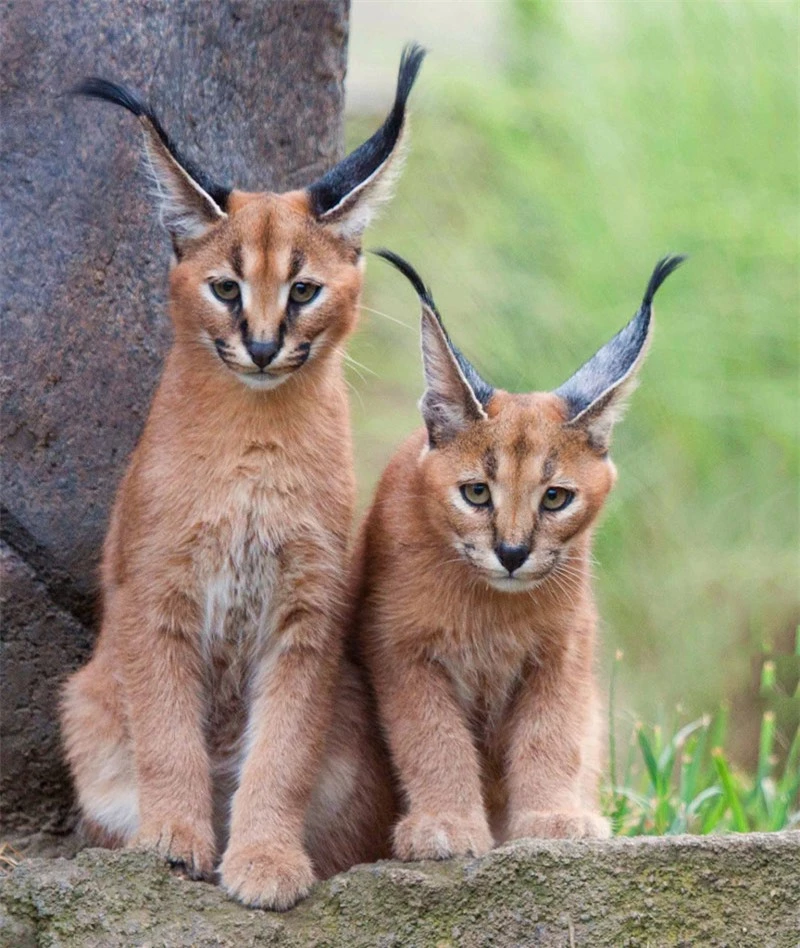
Typically, black-eared cats become independent and venture out on their own after approximately 9-10 months. In most cases, these little ones would have stayed beside their mother until then.
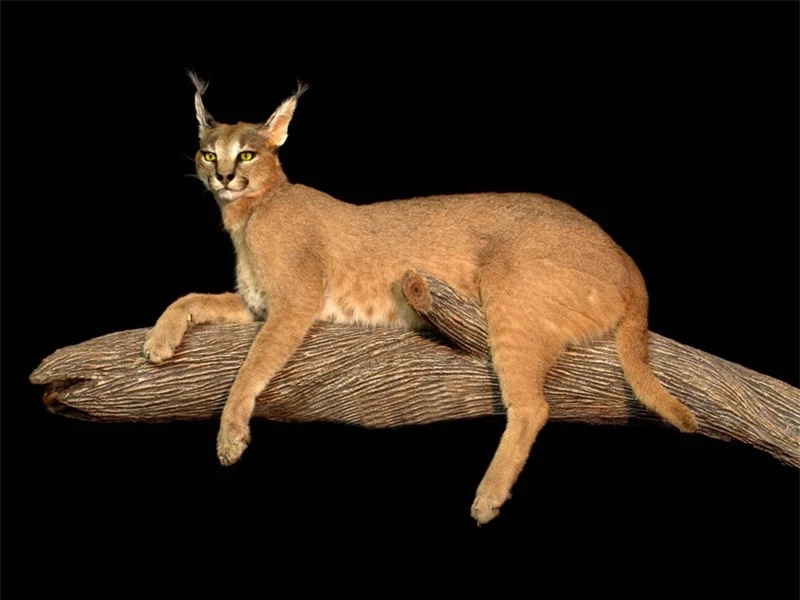
The black-eared cat has a strong affinity for habitats such as forests, deserts, or regions abundant in shrubs and bushes.
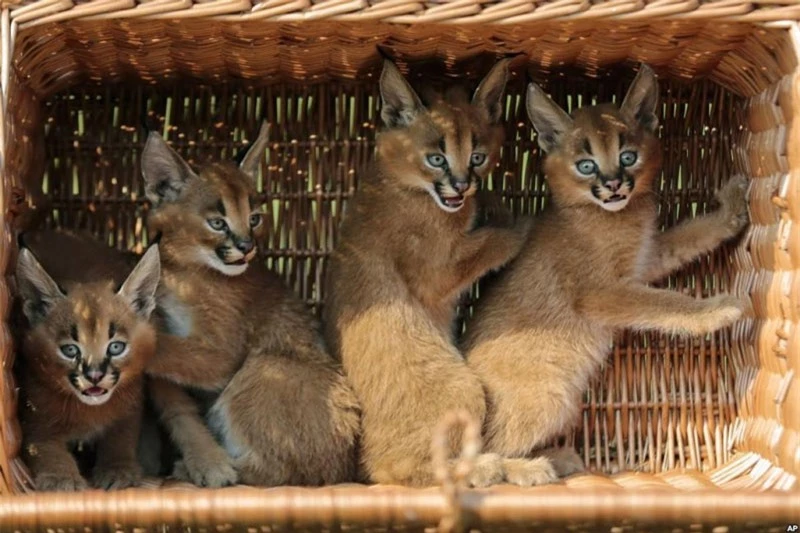
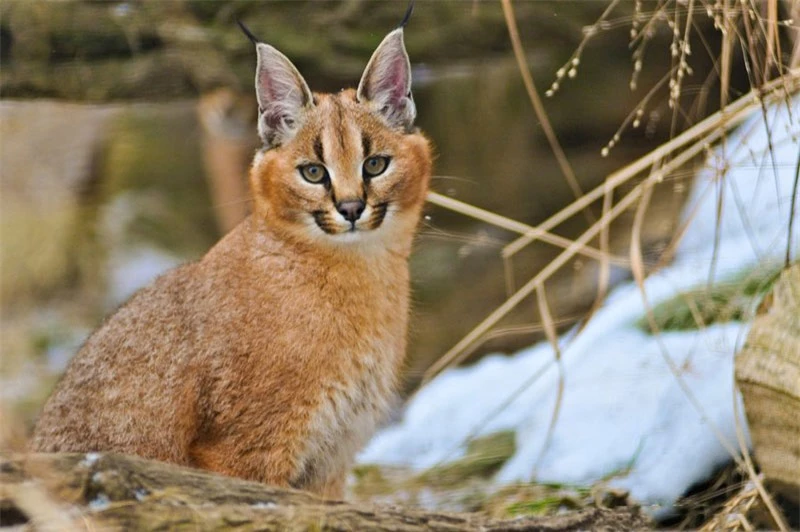
Black-eared cats typically have a lifespan of approximately 16 years when they are kept as pets.
